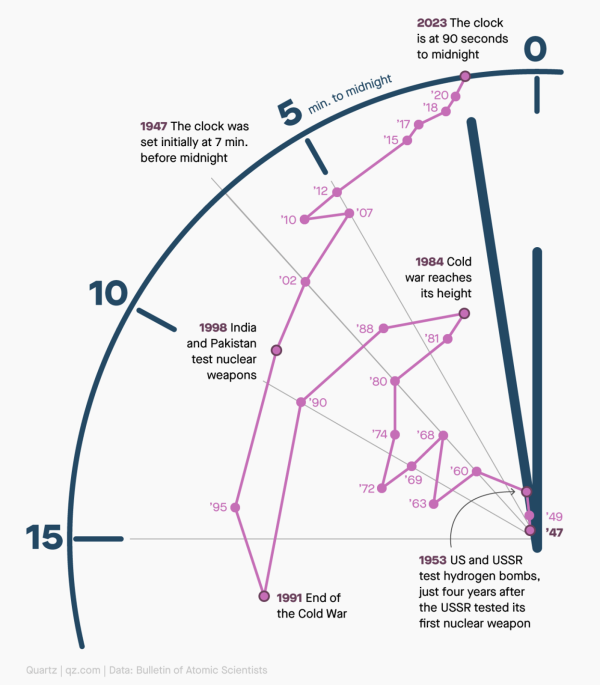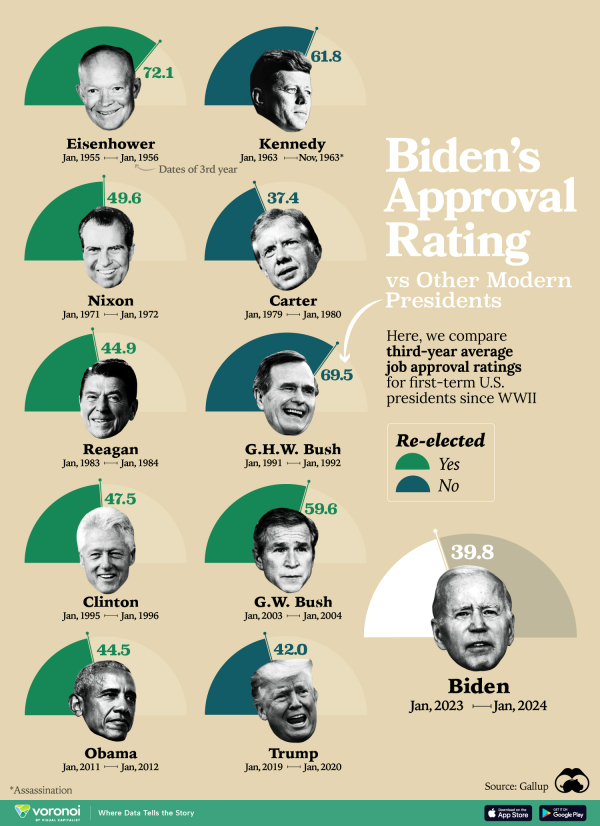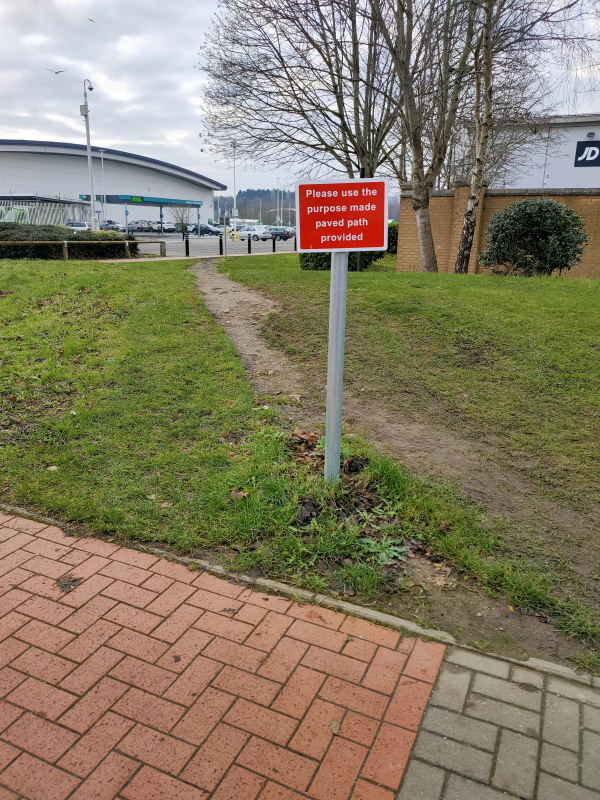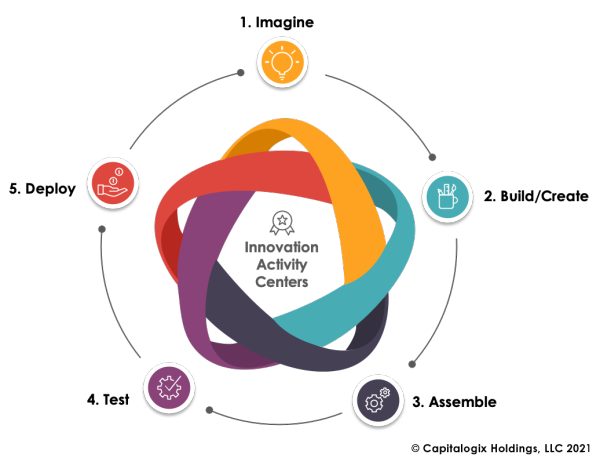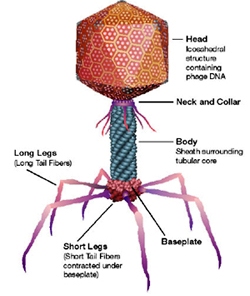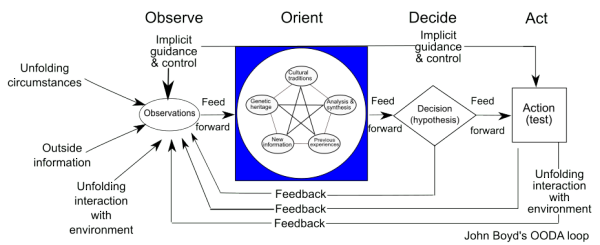In 2018, while in New York for work, I was invited to a party that ended up being a pretty unique experience.
The rules were that for the first hour it would be first names only, no discussion of what you do, etc. Part of the fun was figuring out who was there and why they were special. And, there were a lot of pretty impressive people in the room. As I was wondering who was able to bring all these experts and thought leaders into one home for a house party, I found it was Nouriel Roubini – the infamous Harvard economist known as Dr. Doom.
Nouriel Roubini's predictions have earned him the nicknames "Dr. Doom" and "PermaBear" in the media. He predicted the housing bubble crash in 2007-2008, and has extensively studied the collapse of emerging economies.
So, after a tumultuous few years for the global economy, I thought I'd check back in and see what he was saying.
It turns out he's less pessimistic than you would guess. He's pretty optimistic about 2024 growth and not particularly worried about a recession—though he is expecting a downturn.
He also thinks there's a possibility that growth remains above potential, and inflation remains sticky. That would be good news for the economy, but bad news for markets – as the Fed likely wouldn't cut as much or as soon as people are hoping for.
Now, Nouriel has been wrong before, and I don't trust any singular pundit. My mindset is to listen to voices that don't already believe what I do. I tend to be optimistic as a rule, and I've been optimistic on things like blockchain, whereas Nouriel has been staunchly negative.
But, he's a smart and educated voice who can justify his opinions. And I end up more educated – and often modifying my stance a little bit – based on the context he's able to give.
By the way, as I was editing this post, I saw that Chase CEO Jamie Dimon and billionaire hedge fund founder Ray Dalio admit they got warnings on the US economy wrong — for now.
Are you listening to voices outside of your preferred channels?

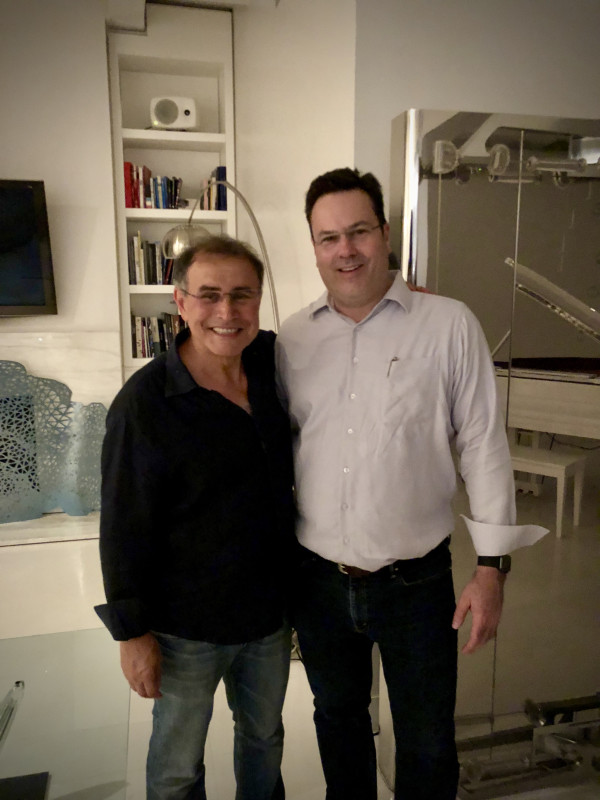
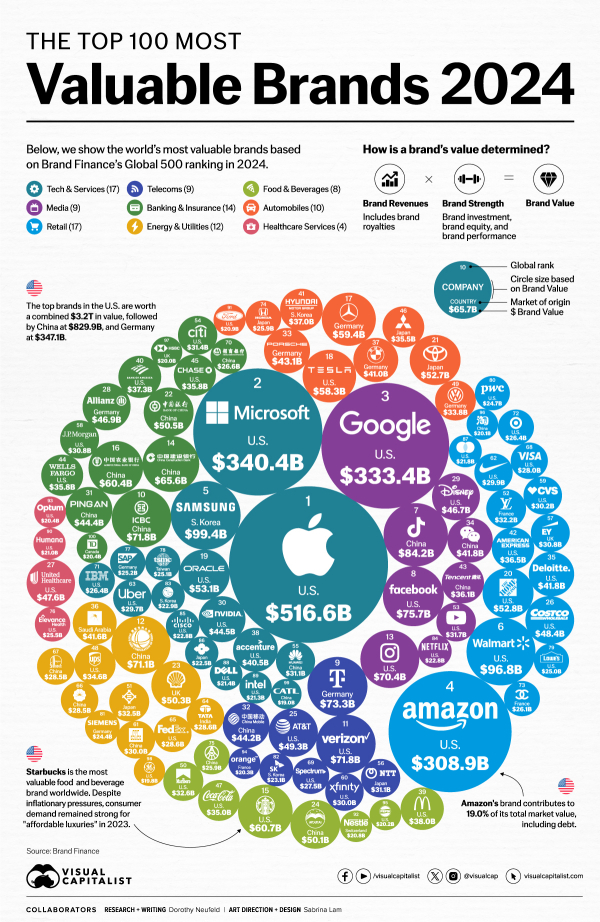 via
via 
